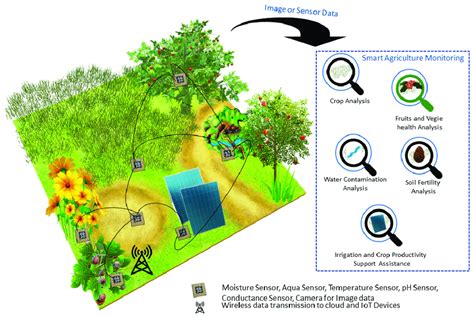The integration of IoT devices and sensors in industries such as agriculture, transportation, and healthcare has had a profound impact on productivity and efficiency. By connecting physical objects to the internet, these industries are able to collect data from their environment and use it to make informed decisions that can improve operations and reduce costs.
In agriculture, for example, IoT devices and sensors can be used to monitor soil moisture levels, track crop growth, and detect pests or diseases. This information can then be used to optimize irrigation schedules, adjust fertilizer applications, and take preventive measures against disease outbreaks. As a result, farmers can increase yields while reducing water usage and other inputs.
In transportation, IoT devices and sensors can be used to monitor traffic patterns, identify potential hazards, and provide real-time updates on road conditions. This information can help drivers avoid congested areas, plan routes more efficiently, and even alert authorities to dangerous situations. In addition, connected vehicles can communicate with each other to form an intelligent network that can further enhance safety and efficiency.
Finally, in healthcare, IoT devices and sensors can be used to monitor vital signs, diagnose illnesses, and deliver personalized treatments. For instance, wearable devices can continuously measure heart rate, blood pressure, and other health metrics, allowing doctors to quickly identify any abnormalities and intervene before they become serious. Additionally, connected medical equipment can streamline processes such as patient registration and billing, making it easier for hospitals to manage resources and provide better care.
Overall, the integration of IoT devices and sensors into industries such as agriculture, transportation, and healthcare is revolutionizing how we work and live. By providing real-time insights into our environment, these technologies are helping us make smarter decisions and create more efficient systems.
